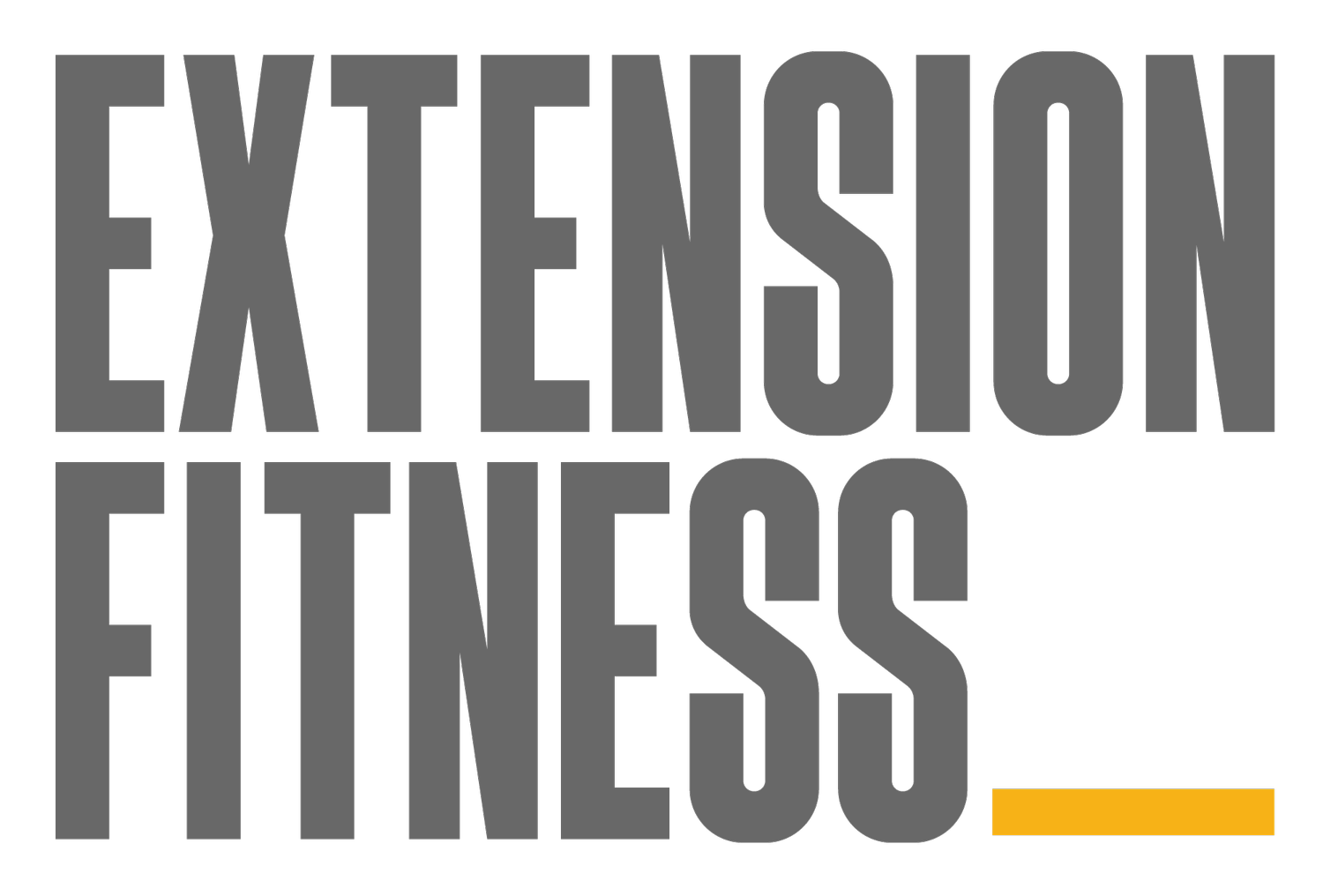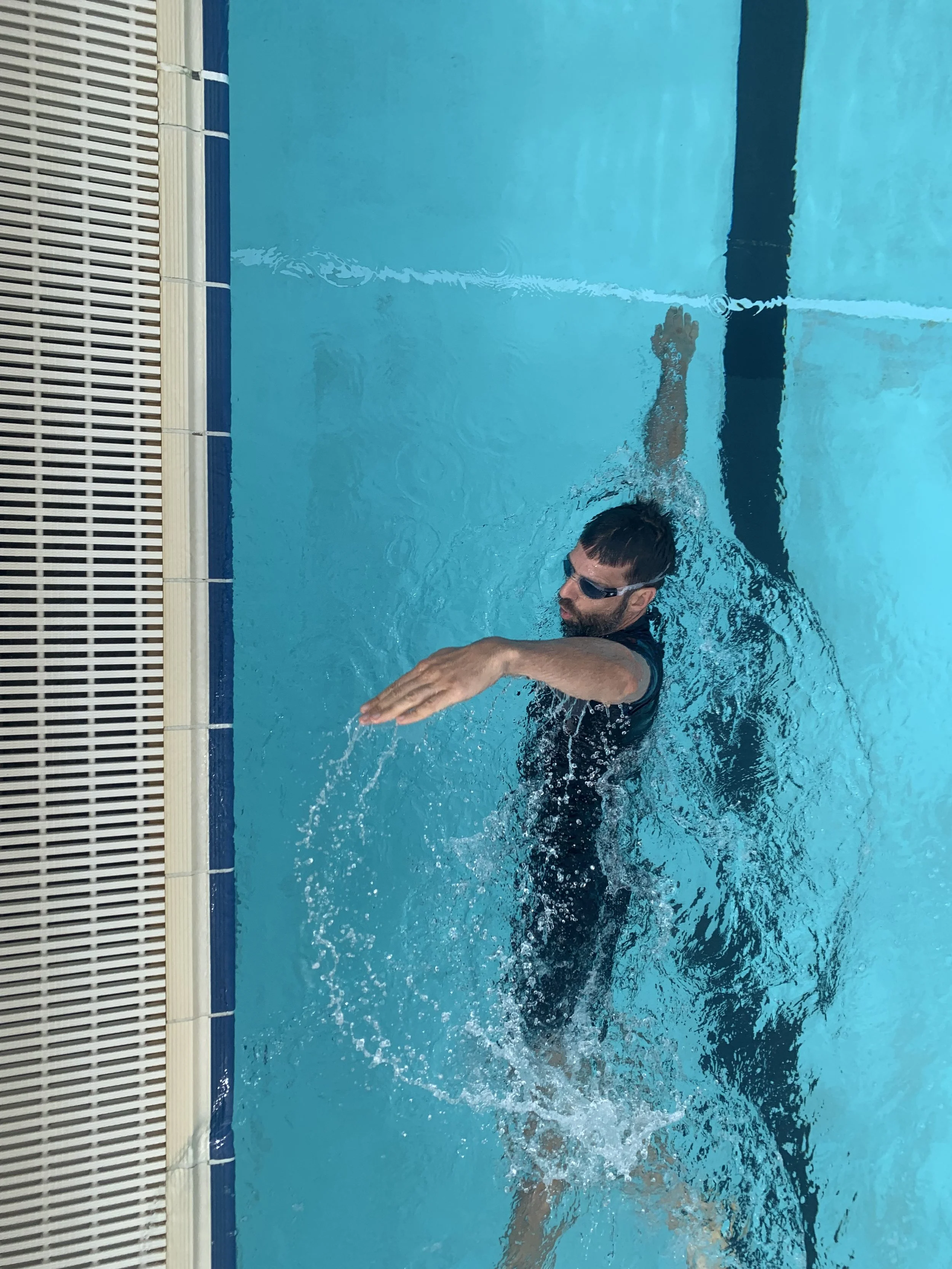Extricating Myself From The Anti-Stretching Pile-on
I hereby announce that I'm extricating myself from the anti-stretching pile-on. It's a pile on which many people who love evidence based practice (EBP) enjoy participating in. But I’m having second thoughts about being a pile-on sort of guy…
This is an article about dogmatism, tribal loyalties, clinical fashions, and missing the point.
It's about stretching, too. (Plus, swimming). But I’m using these practical matters to make a point about THINKING.
A cover for greed and other misdemeanours
Sometimes poorly thought out ideas persist because something important animates them.
The major reason I got out of Physiotherapy was the pervasiveness of empirically unverified clinical paradigms in musculoskeletal practice. This was in the mid-noughties.
These paradigms (e.g. feeling for localised restrictions in motion between vertebrae and resolving these using mobilisation or manipulation) were deployed in service of the commercial interests of individual practices, and private practice owners.
These untrue, unverified paradigms did not serve patients well and - arguably - harmed some of them. They certainly inflicted financial harm - and indirect financial harm to insurers and people funding the health system (i.e. tax payers).
One of the great things about evidence-based practice is that it has the power to uncover this sort of thing. I can see a lot of really productive debate among younger Physiotherapists about these sorts of practices. It warms the cockles of my heart.
Being reflexively contrarian is not rational.
As part of the process of leaving Physiotherapy behind, I tacked hard in the direction of evidence based purism. The evidence based purist demands empirical proof that an intervention ACTUALLY WORKS (as shown in randomised trials) before it can be used at all.
They hold to this standard even irrespective of treatment costs and side-effects (whether non-existent or extreme). Even when some non-costly, non-risky (yet still ineffective) intervention is being proposed, the EBP purist will get just as narky as if something expensive or potentially harmful is being put forward.
If you examine the "evidence based" rebuttals from EBP purists, sometimes they are quite poorly argued.
They use research studies to tear down anecdotal reasoning. Yet, they won't turn their critical lens onto the studies they bludgeon people with. I suspect they sometimes don’t even read them, and when they do I’m not sure they’re educated enough about research to understand the limitations of these studies. (FWIW, I think it is beyond most non-academics to know enough about statistics to be “up-to-date with the evidence”).
Here's an example of what I mean: I have read EBP purists going hard against the idea that stretching (any stretching) is useful in preventing injury. Any injury.
Based on the fact that stretching has been shown to have no effect (or lacklustre effect) on preventing acute injuries like muscle strains and ligament sprains in field sports, plus the finding that heavy duty static stretching can diminish sprinting speed a little, or make your top end aerobic speed (over, say, a 1 mile run) a little slower, the EBP fundamentalists yell -
"ALL STRETCHING IS TERRIBLE FOR EVERYTHING! DON'T WASTE YOUR TIME ON STRETCHING YOU IDIOT!"
Really? The data supports that sort of comprehensive statement?
It supports that all stretching is devoid of purpose and harmful? Really?
Do these studies showing that stretching does not prevent muscle strains in field sports mean a distance runner should never stretch to see if he can improve his stride length?
Does it mean the cyclist with lower back pain should never, ever entertain the idea that it could be good to try stretching her hamstrings to see what happens? And would you say - "you moron!" to any Physio, Chiro, Osteo, Exercise Physiologist who encouraged her to try it out?
You see, there is a danger that one taking up the cause of EBP (a noble cause which I support) can end up being an EBP fundamentalist.
Not everyone flying the evidence based banner is doing so for rational reasons. For some, it could be more about differentiating themselves against their peers, showing they're one of the good guys, or tribal loyalties to academic fashions.
Which is just the sort of thing EBP is supposed to minimise or eradicate.
A case study - my swimming stroke.
Indulge me in some non-empirical, non-evidence based clinical reasoning.
I get some right shoulder pain when I swim too far, too much, or too fast.
It seems possible to me that my range of motion is a factor here, and that some stretching might help me out a little.
You need to have flexible muscles around the shoulder to be able to get your hand in a high catch position.
In this catch position, if you lack a good range of thoracic spine rotation, you may lose a good position of your shoulder blade, which can potentially contribute to an increased RISK of injury.
Plus, you need to have a decent range of thoracic rotation to be able to perform the glide component of the freestyle stroke, which precedes the catch.
If you are gliding with your right hand forward , your thoracic spine must rotate towards the left to position your hand for the catch. If you lack that range of motion, one thing that can happen is that your scapula (shoulder blade) on your right side will tilt forwards and slide around your rib cage a little (towards the floor), instead of being positioned closer towards your spine and near the midline of your body. And when this occurs, the elbow on the leading arm (in this case, the right arm) can drop in the water.
It is then much more likely that you'll pull DOWN and not back, and do so with a straight arm - with no bend at the elbow. Because of the straight arm, you increase the leverage on the shoulder joint, and your rotator cuff needs to work harder. If you don't have the capacity to tolerate that work, you may precipitate an injury (not at once, but if the cumulative stress is high enough).
For the technique geeks: inadequate flexibility across the chest can lead to an elbow drop (via loss of scapular position) too. In this case, if the chest can’t lengthen out as I look to my left, the RIGHT shoulder may lose position, the right elbow will drop, and this can increase stress on the RIGHT shoulder.
Okey dokey, are you still with me? Here we go.
I've had some thoracic spine pain since 2005, when I was working at The Remarkables ski resort in Queenstown, New Zealand. Part of my job as a lift operator was to "bump" the chairlift seat. "Bumping" the chair was "a thing" on non-detachable lifts, where the chair was continuously engaged with the cable. On the newer ski lifts, the chair detaches from the cable as it comes around the bull-wheel (the structure at the end of each loop of the cable). This means the chair can slow right down to make it easier and less painful for the skiers to get on. Not so with the older lifts. On the hard core older lifts, the chair travelled at one speed the whole time. And the job of the liftie was to grab it and slow it down a little as it hurtled towards you, guiding it on to the thighs with a light smack instead of a bruising whallop.
During the season I worked as a liftie, I did some mammoth stints in that bumping role, and I have found it really tricky to shake my thoracic pain (AND LIMITED THORACIC ROTATION) ever since.
“What's this got to do with your swim stoke, stretching, and the subject of this article?” - you may ask.
When I swim I tend to drop my right elbow. Possibly because of my limited thoracic spine rotation to the left. At least partly so. It stands to reason that increasing my range of motion could help with this. It's not a sure thing, but surely it's a hypothesis that is worth testing?
(And, yes, I know, even if I did feel better it is not proof that it was the stretching which "worked").
Or, should I be so committed to evidence based practice that I not experiment with ANYTHING unless there's a randomised controlled trial to back it up?!
There's no cost to testing my hypothesis and trying it out. I can stretch for free and there's no side effects. I understand there are other factors at play which are important at reducing shoulder pain when I swim, and I plan to attend to these, too.
Anecdotal reasoning is not the enemy 100% of the time. We should not require (or expect) such a high degree of certainty about matters like these.
Take a chill pill and stop being so dogmatic!


